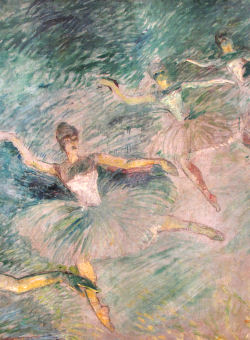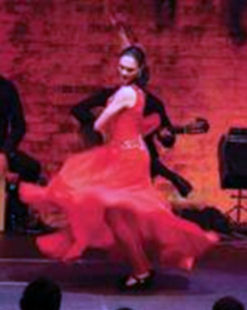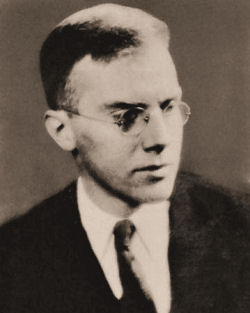- Adventure
- Animals
- Beauty
- Bereavement
- Birds
- Carpe Diem
- Children
- Dance
- Death
- Descriptions
- Faith & Religion
- Family & Home
- Flowers
- Food & Drink
- Friendship
- Garden
- Heroes
- History
- Holidays
- Humor
- Images
- Imagination
- Inspiration
- Life
- Love
- Machines
- Marriage
- Memorials
- Memory
- Months
- Music
- Mystery
- Nature
- Parodies
- Parting
- Patriotism
- People
- Places
- Poetry
- Protest
- Rhyme & Rhythm
- Satire
- School
- Sea & Sailing
- Seasons
- Song
- Sport
- Stages of Life
- Story Telling
- Time
- Time of Day
- Travel
- War
- Weather

A B . C D . E F . G H . I J . K L . M N . O P . Q R . S T . U V . W X . Y Z | Home | Other
Subject Index - Dance

Poetry shares many attributes with music and with dance. The live companion site to this collection of 'Dead Poets' is titled "A Universe of Dancing Words" for that reason. Good spoken rhythms, like good songs, have an underlying element of motion that stands out. Poetry and music also share the concepts of consonance and dissonance which can be used to build pleasing or accentuated sounds, and the resulting meter and sustained rhythms.
In addition to 'danceable' rhythms, 'dance' as a metaphor is common in poetry - whether to signify the energy of youth, a feeling of freedom or a sense of euphoria. These poems may actually also be about dance - a particular dance like Belloc's Tarantella, or about the dancers - like Aiken's Turns and Movies or Symons exotic Javanese Dancers. Dance can be mystical or magical or humorous.
Carmen de Boheme and Christ at Carnival tell two stories that contrast in every conceivable way. My favorite among all of these, as is often the case, is one of the simplest pieces. Newbolt's Imogen is at once a carpe diem poem, a metaphor of youth and age, and a piece of undeniable, dance-like rhythm. Say it aloud more than once in earnest and I dare you to keep from bouncing about.
A famous line about dance comes from a poem I can't include here due to copyright - is the end of William Butler Yeats' Among School Children, which ends with the lines:
O body swayed to music, O brightening glance,
How can we know the dancer from the dance?
- Imogen by Sir Henry Newbolt
This is really a Carpe Diem (seize the day) poem, and a very good one at that, but it is also about dancing, and, as Jon says, "grace and evanescence" -- so we'll stick it here. - I cannot dance upon my Toes by Emily Dickinson
The desire to posses the ability we lack. Pair this one up with Williams' nocturnal danse. - Danse Russe by William Carlos Williams
Williams says, fairly simply, why not? - Carmen de Boheme by Hart Crane
A tumult of images, sounds and more in this portrait of a dance and a dancer:
Carmen whirls, and music swirls and dips.
"Carmen!," comes awed from wine-hot lips. - Tarantella by Hilaire Belloc
Changing meter and rhythm to match the dance. - The Children Dancing by Laurence Binyon
For here is all heart-easing,
An ecstasy at play. - Javanese Dancers by Arthur Symons
Mysteriously, with smiles inanimate,
With lingering feet that undulate, - The Lobster Quadrille by Lewis Carroll
The chorus has been appropriated and used by others:
Will you, won't you, ... join the dance? - Gratiana Dancing and Singing by Richard Lovelace
Lovelace's words still have movement -- after three and a half centuries. - Christ at Carnival by Muriel Stuart
A long piece, but a good one. Like Browning's Lord Walter's Wife in reverse. Do you really know who you are dancing with?. - Turns and Movies by Conrad Aiken
This segmented piece by Aiken revolves around vaudeville stage performers; several pieces: Rose and Murray, Cornet, and The Dancing Adairs are woven about dancers. - Dans Russe by William Carlos WIlliams
A quieter, looser, Footloose moment. - Off the Ground by Walter De La Mare
A wager and a dance and a tall tale in very short lines. - The Harlem Dancer by Claude McKay
A dancer who wants to be somewhere else. - The Lobster-Quadrille by Lewis Carrol
A quadrille os an old form of dance, performed by four couples in a square. This is from chapter 10 of Alice's Adventures in Wonderland.

